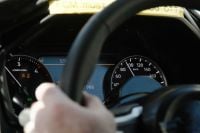Chris Bangle gives stamp of approval to electric car from smartphone maker
Smartphone manufacturer Xiaomi is getting into the electric vehicle space and has brought on well-known ex-BMW designer Chris Bangle as a consultant.

News Editor
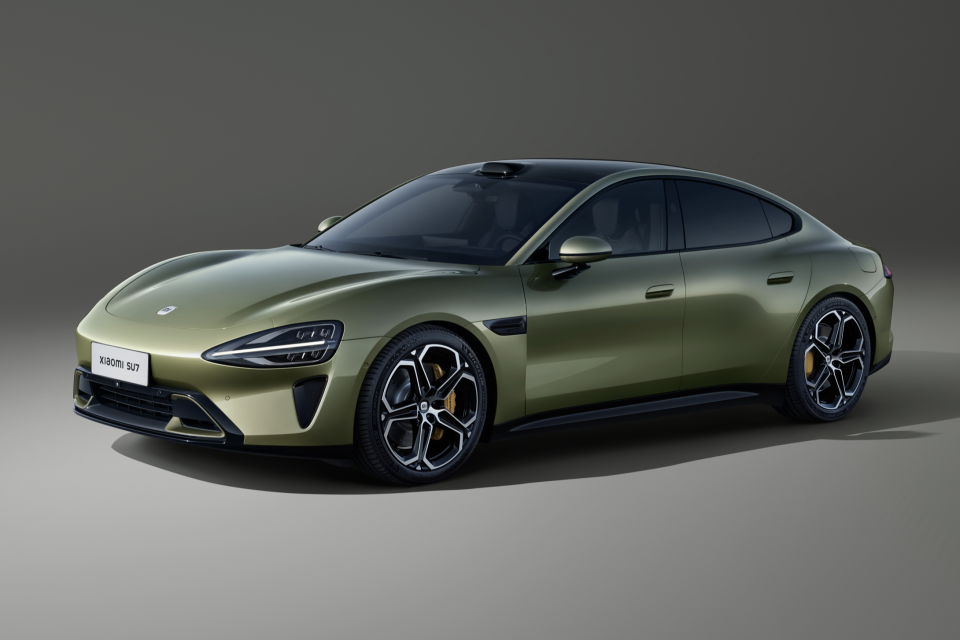

News Editor
China’s carmakers are known for attracting talent from around the globe, and smartphone manufacturer turned carmaker Xiaomi has scored a big name of its own.
It has hired former BMW designer Chris Bangle as a design consultant, with Xiaomi releasing a video of the controversial designer giving his stamp of approval to the new SU7 sedan.
He also praised its balanced proportions, calling it a “really excellent design [that’s] not over-designed”.
After checking out the Xiaomi SU7 and driving it on a track, he concludes, “You know this is the right start. Okay, what’s next?”
It’s unclear if the American designer’s role with Xiaomi will continue beyond this.
The SU7 was designed under Tianyuan (Sawyer) Li, also an ex-BMW designer.
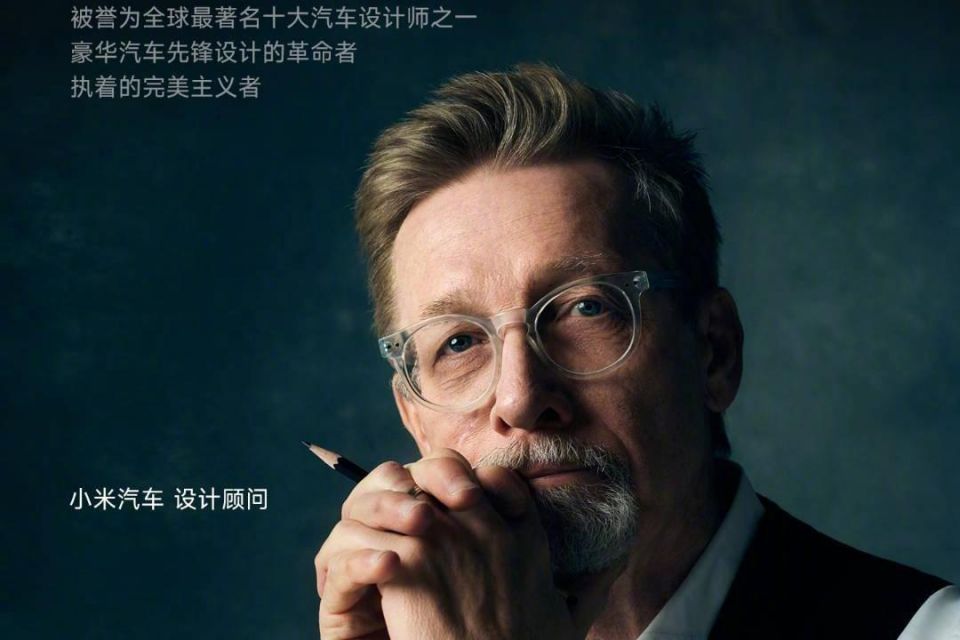
He served at the Bavarian brand after Mr Bangle left in 2009, first at Designworks from 2012 to 2016 and then as a senior exterior designer until 2018 and then as a senior designer at BMW i and BMW until 2021.
Xiaomi is one of a number of new, more premium Chinese car brands that’s aiming to go toe-to-toe with established foreign brands like BMW on the Chinese market.
The smartphone manufacturer first announced its plans to invest US$10 billion (A$14.88bn) in EV development in 2021, revealing its first model, the SU7, late in 2023 and setting some ambitious goals.

“By working hard over the next 15 to 20 years, we will become one of the world’s top five automakers, striving to lift China’s overall automobile industry,” said Xiaomi CEO Lei Jun at the SU7’s unveiling.
He also announced plans to build “a dream car comparable to Porsche and Tesla”.
Xiaomi vehicles will use a shared operating system with the company’s phones and other electronic devices.
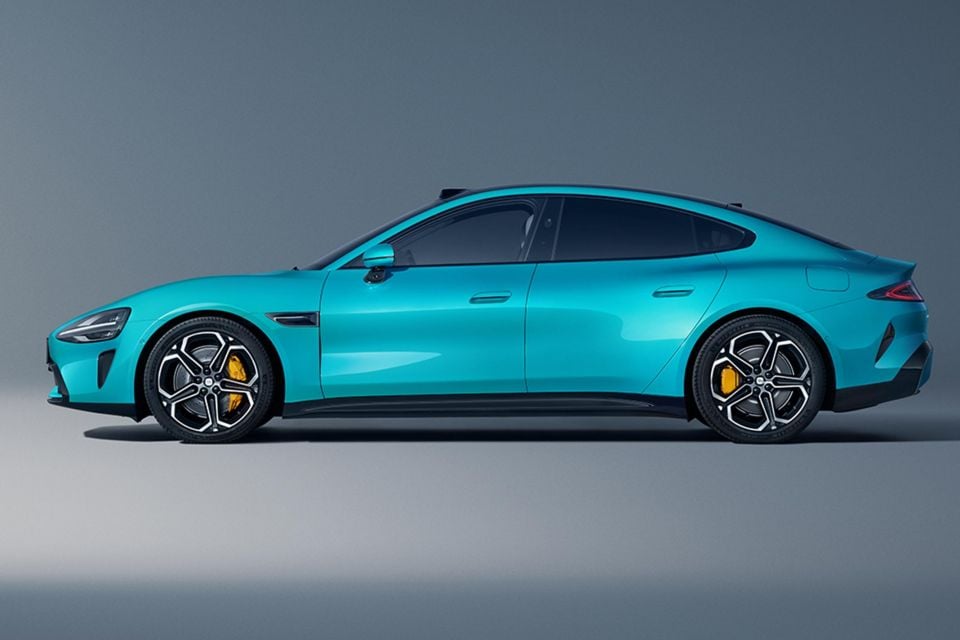
The SU7 is a “full-size high-performance eco-technology sedan”, developed by a team of over 3400 engineers and over a thousand technical experts.
It uses electric motors developed and manufactured in-house, confusingly called the HyperEngine V6/V6s and HyperEngine V8s. These feature bi-directional oil cooling, and are said to “rival the performance of traditional large V8 and V6 powertrains from the era of internal combustion engines”.
The HyperEngine V6 has outputs of 220kW of power and 400Nm, the V6s 275kW and 500Nm, and the V8s 425kW and 635Nm.

In SU7 Max guise, Xiaomi’s first car can do the 0-100km/h sprint in just 2.78 seconds. Adaptive dynamic chassis control is standard.
The SU7 features what the company calls CTB Integrated Battery Technology, with a maximum battery capacity of up to 150kWh and theoretical range exceeding 1200km on the CLTC test cycle.
Battery technology also includes a management system with three independent thermal runaway monitors and alarms.
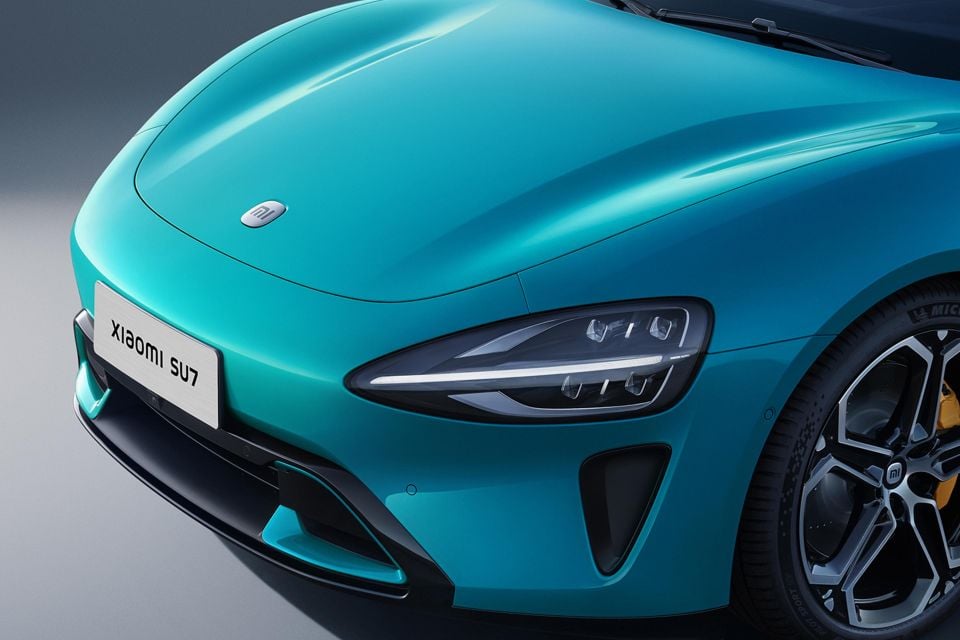
In the SU7 Max, the suite of active safety technology is powered by one LiDAR unit, eleven high-definition cameras, three millimetre-wave radars, and twelve ultrasonic radars.
Inside, the SU7 has a 16.1-inch 3K central touchscreen, a 56-inch head-up display, and a 7.1-inch ‘rotating dashboard’.
After leaving BMW in 2009, where he had served as head of design since 1992, Mr Bangle established his own design consultancy firm, Chris Bangle Associates, at which he serves as the managing director.
Mr Bangle presided over the launch of some of BMW’s most cleanly and conventionally styled vehicles, but he’s nevertheless best remembered for vehicles introduced in the 2000s like the E65 7 Series of 2001 and the E60 5 Series of 2003.
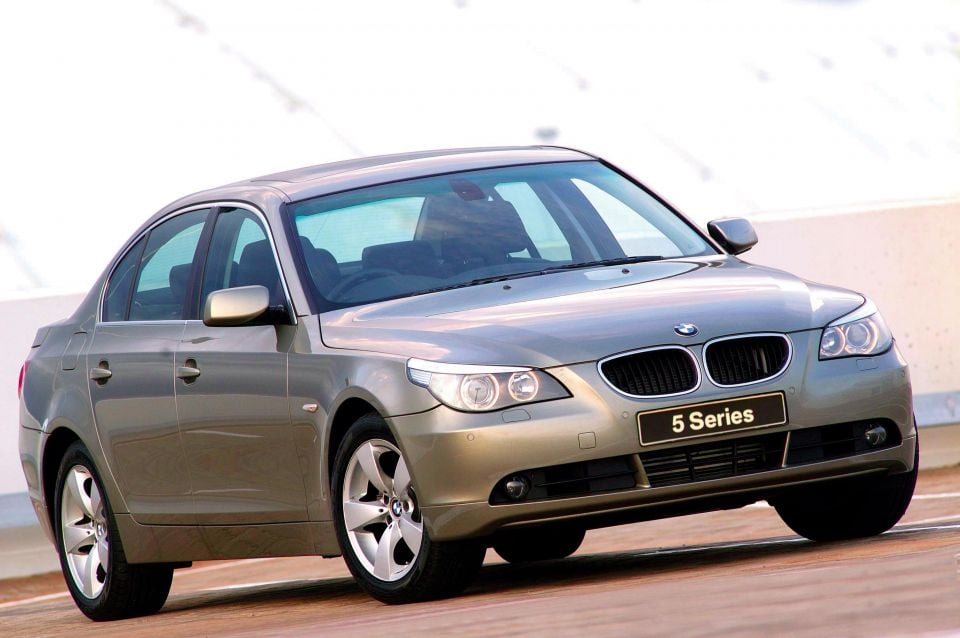
Many of Mr Bangle’s designs in the 2000s featured new, controversial elements like ‘flame surfacing’ and unusual boot lids that would be derisively known as the ‘Bangle butt’.
Speaking to Motor Trend in 2006, Mr Bangle described the previous-generation 7 Series as an “elegant car, an evolution of the classic BMW look”, but said it “just didn’t have the presence to be noticed”.
This meant in key growth markets, such as China and the rest of Asia, “our competitors were dominating”. He acknowledged the E65’s bold new look would lose it some fans, but said “whenever you move ahead, you leave some people behind”.
William Stopford is an automotive journalist with a passion for mainstream cars, automotive history and overseas auto markets.
You might also like
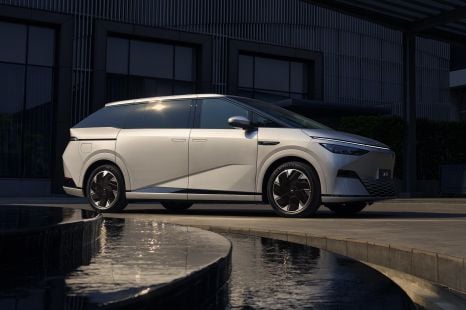

William Stopford
Will 2026 be the year of the people mover in Australia? China seems to think so
20 Hours Ago


Max Davies
2026 GWM Haval Jolion price and specs
20 Hours Ago
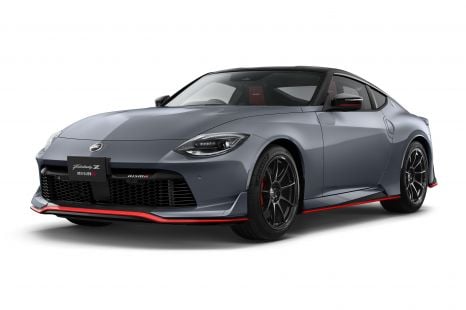

Derek Fung
Nissan Z Nismo manual revealed, facelift timing confirmed
21 Hours Ago
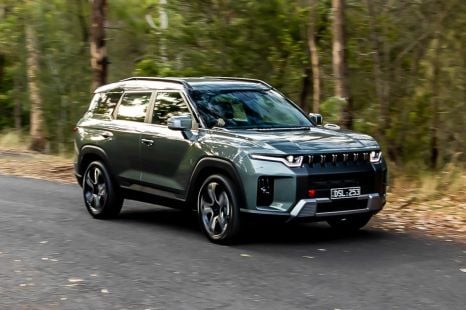

Matt Campbell
2026 KGM Torres Hybrid review
1 Day Ago


Ben Zachariah
Move over, Patrol: New-era Ford Maverick SUV imagined
2 Days Ago


Damion Smy
Toyota exporting US-built cars to Japan after Trump criticism
2 Days Ago

